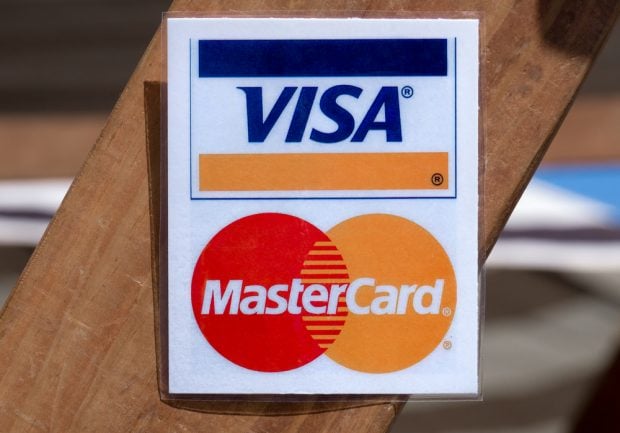The release of the Federal Reserve's new debitinterchange rules is merely the latest in a series of unprecedentedlegal, economic and technological events that have buffeted thefinancial services industry over the past three years.
|In many financial experts' minds, the new rules have raised asmany questions as they have settled. Some industry leaders havebeen quite vocal about their concerns:
- “We are only doing what Congress directed … It appears to methat we have no choice in this matter, but to adhere to Congress.”Sarah Bloom Raskin, Governor,Federal Reserve
- “Consumers will ultimately pay a higher price for basicfinancial services because of the limitations this final rulecreates.” Fred Becker, President, National Association ofFederal Credit Unions
- “The Federal Reserve very clearly did not follow through on theintent of the law.” Mallory Duncan, Chairman, MerchantsPayments Coalition
So, what are credit unions to make of it all?
|The Fed's ruling directly influences credit union interchangeand network affiliations. Interchange is getting most of theattention and the good news is that the rule, which takes effectOct. 1, 2011, applies to financial institutions with more than $10billion in assets, a threshold high enough to exempt most creditunions.
|Therefore, interchange – a valuable source of non-interestincome – should remain stable for most credit unions at a time whenlarge bank competitors are faced with a double-digit decrease ininterchange revenue.
|Less noted – but affecting all credit unions regardless of assetsize – are the rules prohibiting network exclusivity. Upon initialreading, this rule may be viewed negatively from a credit unionpoint of view.
|The Fed is requiring affiliation with two unaffiliated networksto fulfill the minimum compliance requirement. In practical terms,this means your credit union can take advantage of increasedinterchange rates while managing costs by electing to participatein Visa or MasterCard signature and one unaffiliated PIN POSbrand.
|In order to best manage operations and associated costs, creditunions should align themselves with networks that provide the bestoverall expense and revenue structure.
|It is time for credit unions to seize this golden opportunity byexpanding their payments business and growing market share. You canbegin by implementing payment strategies focused on revenueoptimization, expense reduction, and maximizing efficiencies, whileenabling a superior user experience for your members. Start bytaking stock of your operations. Consider the following in yourholistic assessment of your payments portfolio:
|• Understand your internaland external demographics and provide the payment tools—debit,credit, prepaid, bill payment, electronic commerce and mobilecommerce—your members want and have come to expect
|• Evaluate your paymentnetwork affiliations and understand the total costs and benefits ofyour network participation
|• Re-think rewards – blendedand merchant funded programs will help grow your debit portfolio,but consider rewarding on the entire relationship you have withyour members instead of just card transactions
|• Review share draft accountstructures and pricing – and if you decide to re-price, make itsimple, easy to understand and transparent
|Today's consumers demand the flexibility and real-time paymentcapability their debit cards provide. They also appreciate thesafety and convenience of a payment vehicle that reduces their needto carry cash or a checkbook.
|In this changing environment, a well-utilized debit card programwill continue to provide credit unions with a recurring source offee income, while enhancing member loyalty and offering greaterpotential for relationship growth.
|The credit unions that will thrive going forward will be thosethat are best able to address and serve their members' needs withinan evolving funds access and payments landscape.
|David Hall isdirector of business development for Fiserv Inc.'sACCEL/Exchange
Complete your profile to continue reading and get FREE access to CUTimes.com, part of your ALM digital membership.
Your access to unlimited CUTimes.com content isn’t changing.
Once you are an ALM digital member, you’ll receive:
- Critical CUTimes.com information including comprehensive product and service provider listings via the Marketplace Directory, CU Careers, resources from industry leaders, webcasts, and breaking news, analysis and more with our informative Newsletters.
- Exclusive discounts on ALM and CU Times events.
- Access to other award-winning ALM websites including Law.com and GlobeSt.com.
Already have an account? Sign In
© 2024 ALM Global, LLC, All Rights Reserved. Request academic re-use from www.copyright.com. All other uses, submit a request to [email protected]. For more information visit Asset & Logo Licensing.









